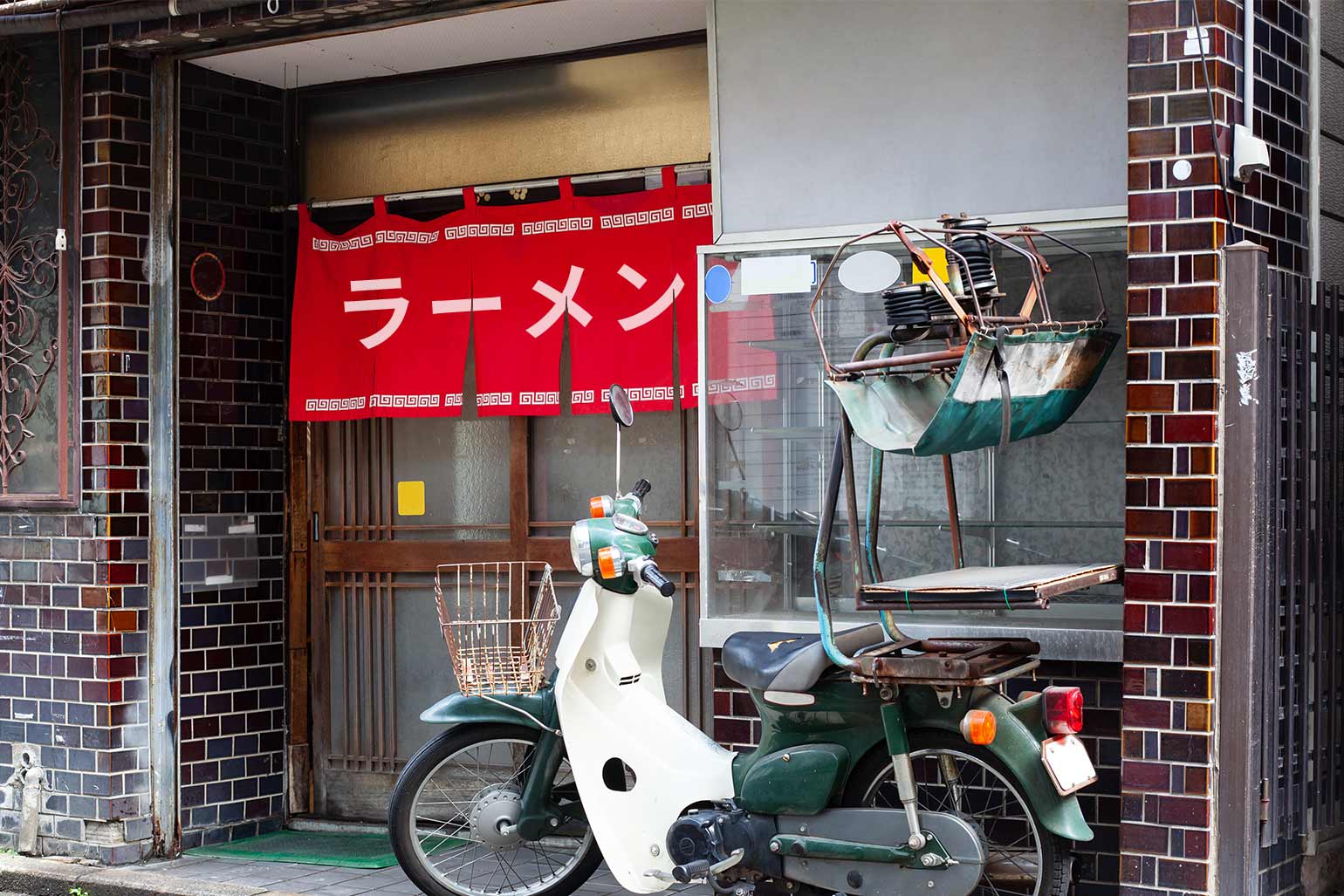Restaurants and cafes that are widely distributed throughout Japan, in urban centers, and around sightseeing spots, often provide service explanations and other language support for customers from overseas. However, restaurants that operate on a small scale in a particular region or are privately owned and operated are often not provided with such a guide service. Among the restaurants that do not offer such guide services, there are still many delicious restaurants. We hope you will visit such restaurants as well. Therefore, in this article, we would like to explain some of the rules and regulations that overseas visitors should keep in mind when using restaurants in Japan.
Meal ticket vending machines
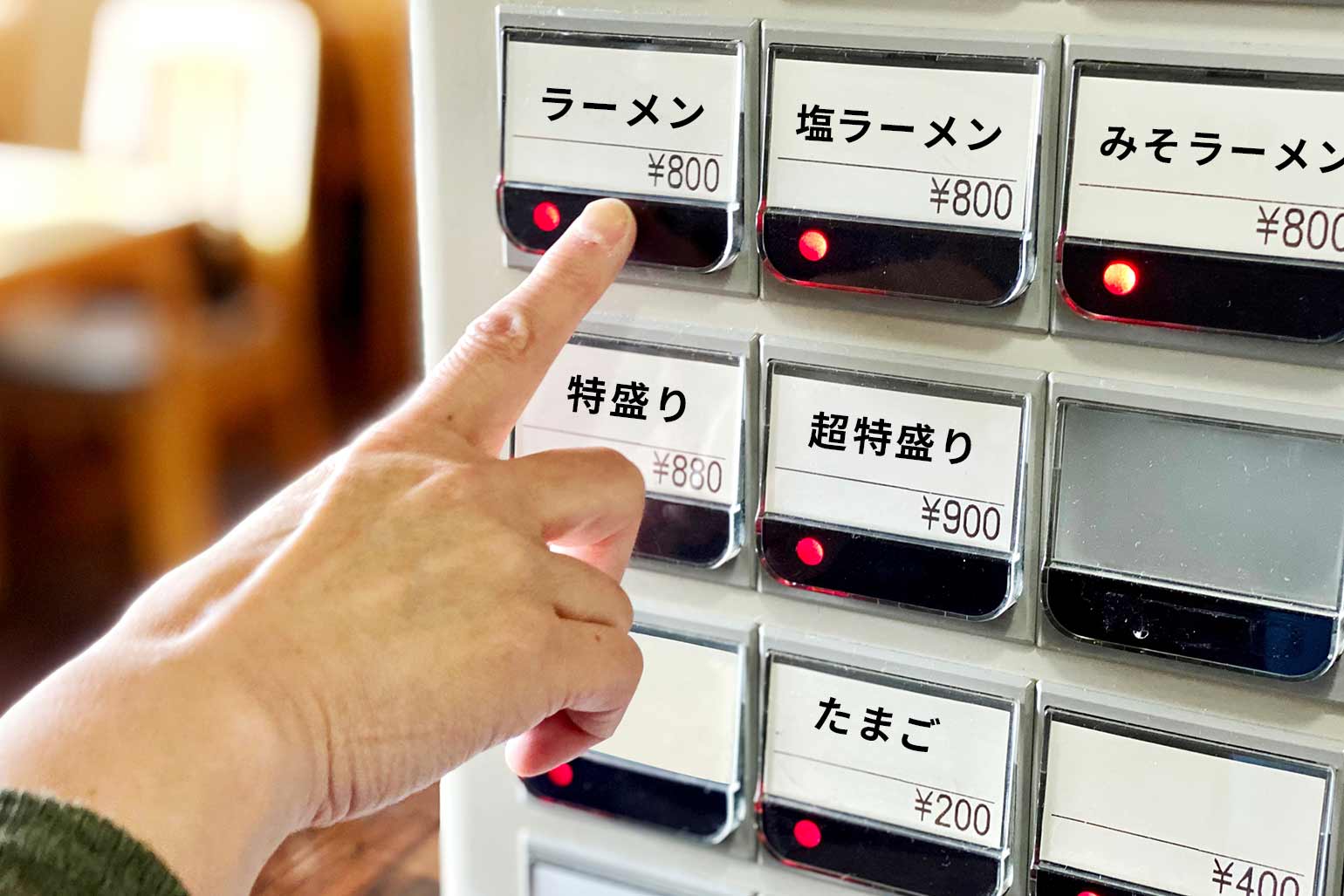
Restaurants with a small number of employees often meal ticket vending machines to improve the efficiency of ordering operations. The vending machines are often found in ramen stores, rice bowl stores, or food courts. Recently, the vending machines have become well known, but quite often people from overseas were very interested in them. Most are located near the entrance inside the restaurant (often outside the restaurant), so watch out for them when entering the restaurants.
Noren(Sign curtain)

Japanese restaurants such as teishoku-ya, izakaya, sushi, or ramen often have sign curtains(the curtains are called “noren”) with the name of the restaurant written on them hanging at the entrance. The “noren” curtain is the face of the restaurant, therefore, very important for the restaurant. For both chain and independent restaurants, it is a common value. Well, the “noren” curtain is also the sign that notifies customers whether the store is open or not. If there is a sign for the store apart from the “noren” curtain, but this “noren” is removed from the doorway or entrance of the store, it means that the store is closed (or it may also indicate that it is preparing). The lights of the “chochin (it is a kind of the Japanes lantan)” hanging from the eaves, often seen in izakaya (Japanese-style pubs) and ramen stores, also express the same meaning. If that light is on, it means the store is open, right?
Means of Payment
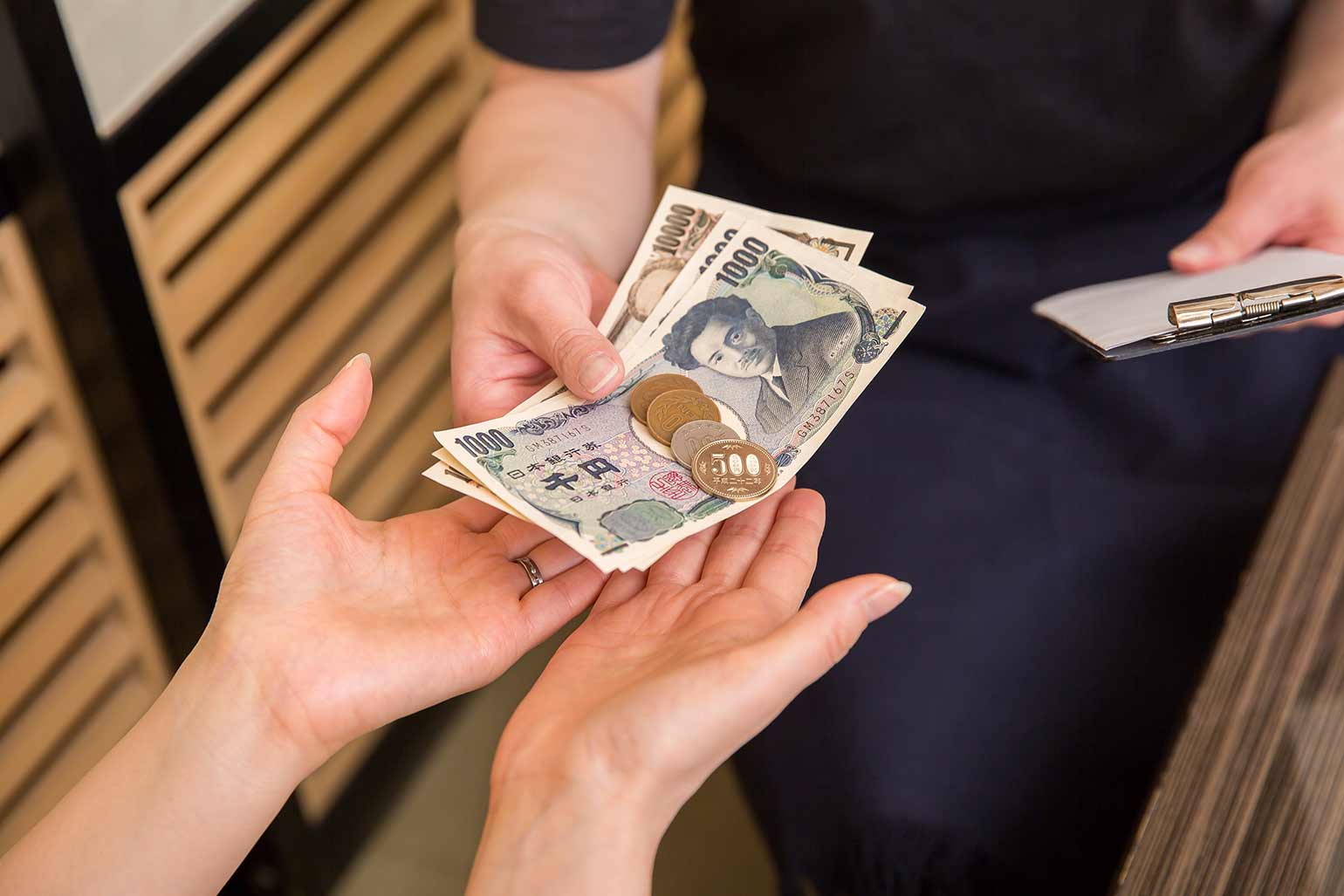
These days, cashless transactions are being promoted worldwide. It is certainly very convenient and secure, reducing the problems that can arise from using unfamiliar currencies abroad. However, there are still many restaurants in Japan that “accept cash only” or “accept cash or card only”. We would also suggest “cash payment” because it is a rare opportunity to have Japanese currency handled directly. As a matter of fact, it is true that there are some store owners who limit means of payment to “cash only” in accordance with their business policy of valuing direct contact with customers. Before entering a store, please be sure to check the means of payment accepted at that store.
No “一見さん(Ichigen-san)”
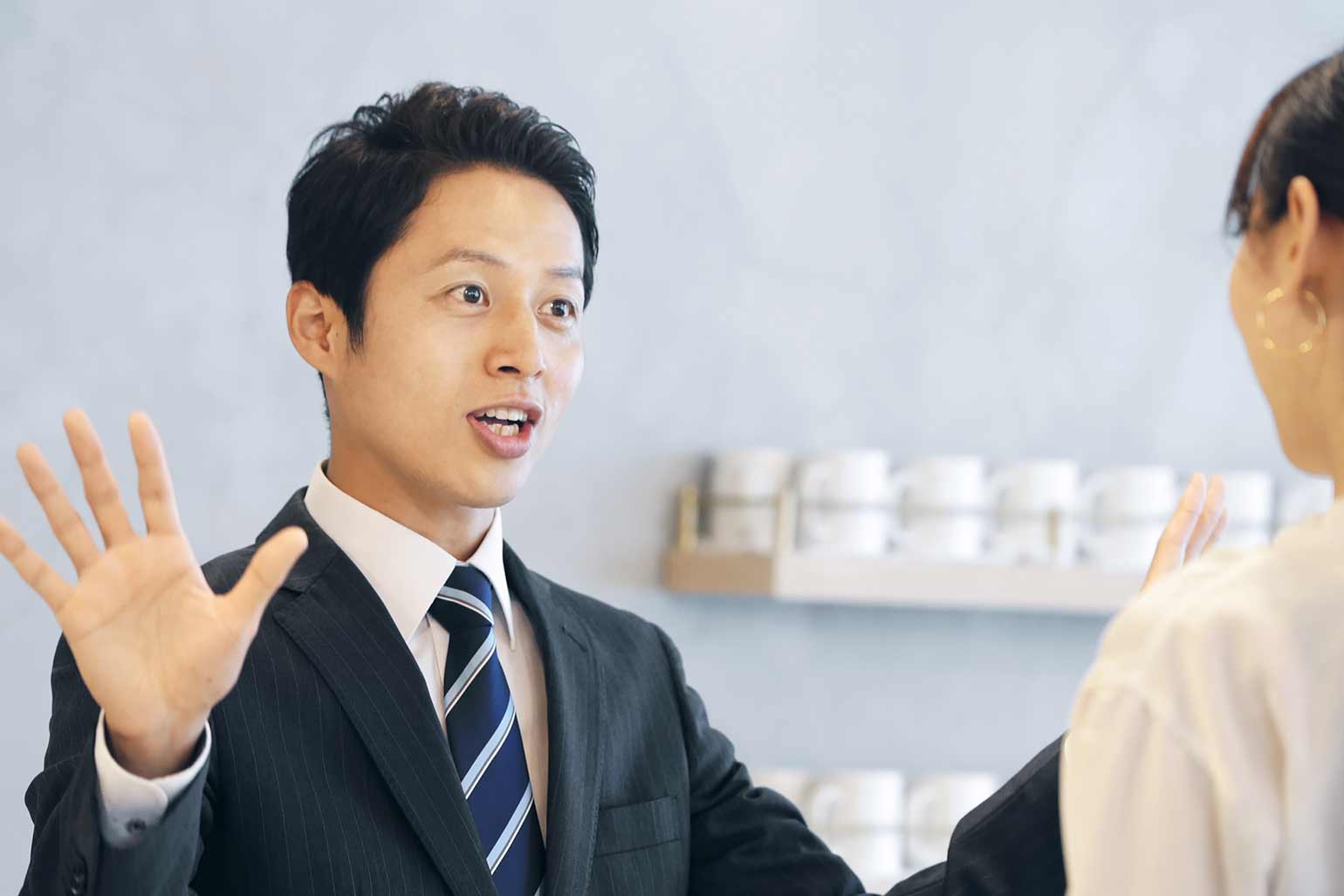
Sometimes there are restaurants that operate under the policy of refusing to allow “一見さん(Ichigen-san)” into the restaurant. “一見さん(Ichigen-san)” refers to first-time visitors. This means that only regular customers or customers who are accompanied or introduced by a regular customer can enter the restaurant. The main reason seems to be to maintain the atmosphere and quality of service in the restaurant by only accepting customers who are trustworthy. Some may think this is exclusive, but it is also an important form of hospitality.
O-toshi

“O-toshi” is a small dish that is served without the customer’s order, mainly at izakaya (Japanese style pubs). For more information, please refer to the article “O-toshi” on our website.
Manners when using topping services
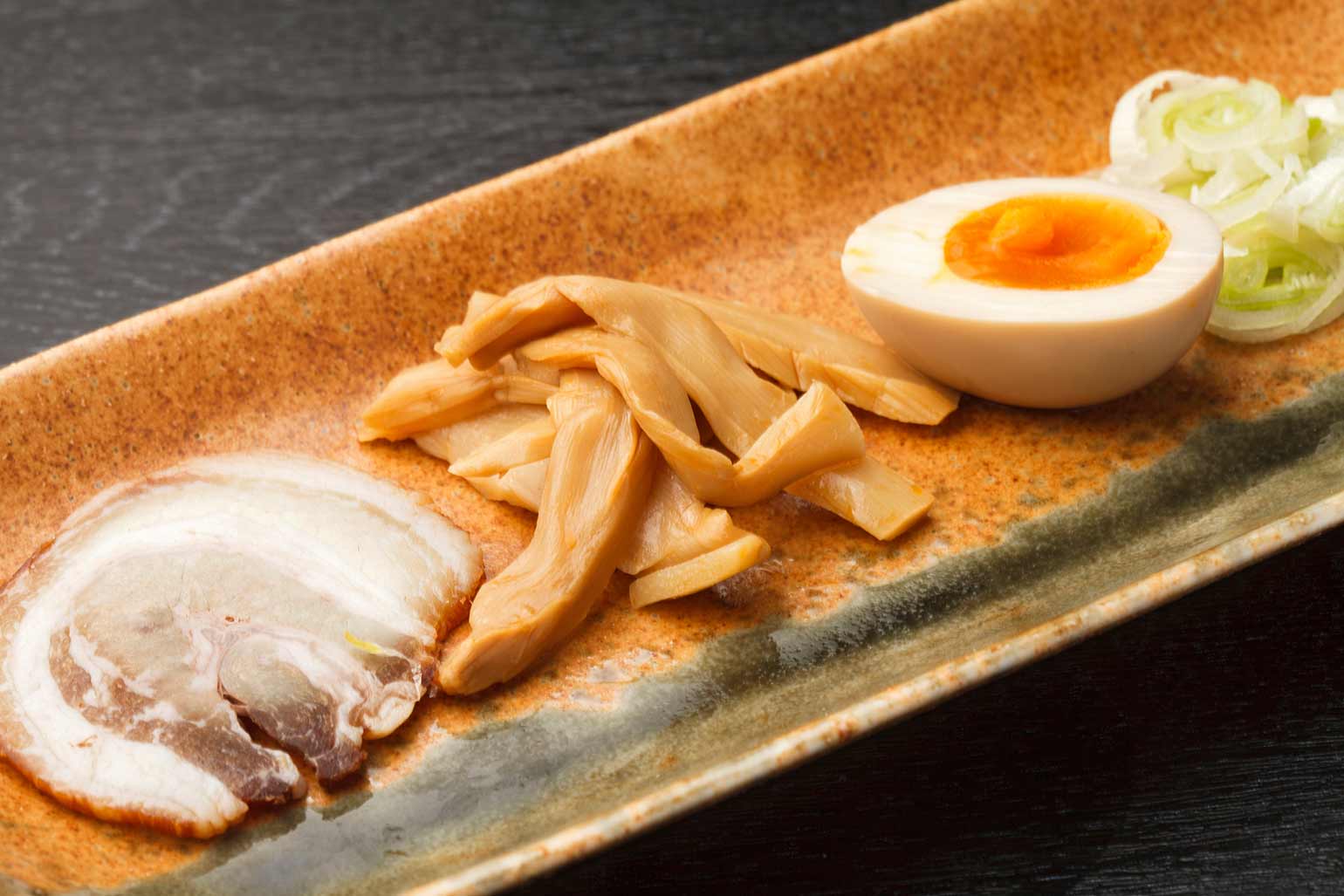
Many restaurants offer free toppings to add flavor to dishes and snacks such as pickles as side dishes. They are provided separately from the seasonings. Thanks to this kind of service, customers can enjoy their food even more. Often those services are the store’s selling point. Isn’t that kind of service welcome? We would like you all to enjoy them very much! But please keep in mind that these free services are provided only as a courtesy of the restaurant. Please do not use the service in an insane manner, such as taking too much in excess. We kindly hope that you also enjoy buffet-style restaurants in the same manner.
Taking photos / videos in the store
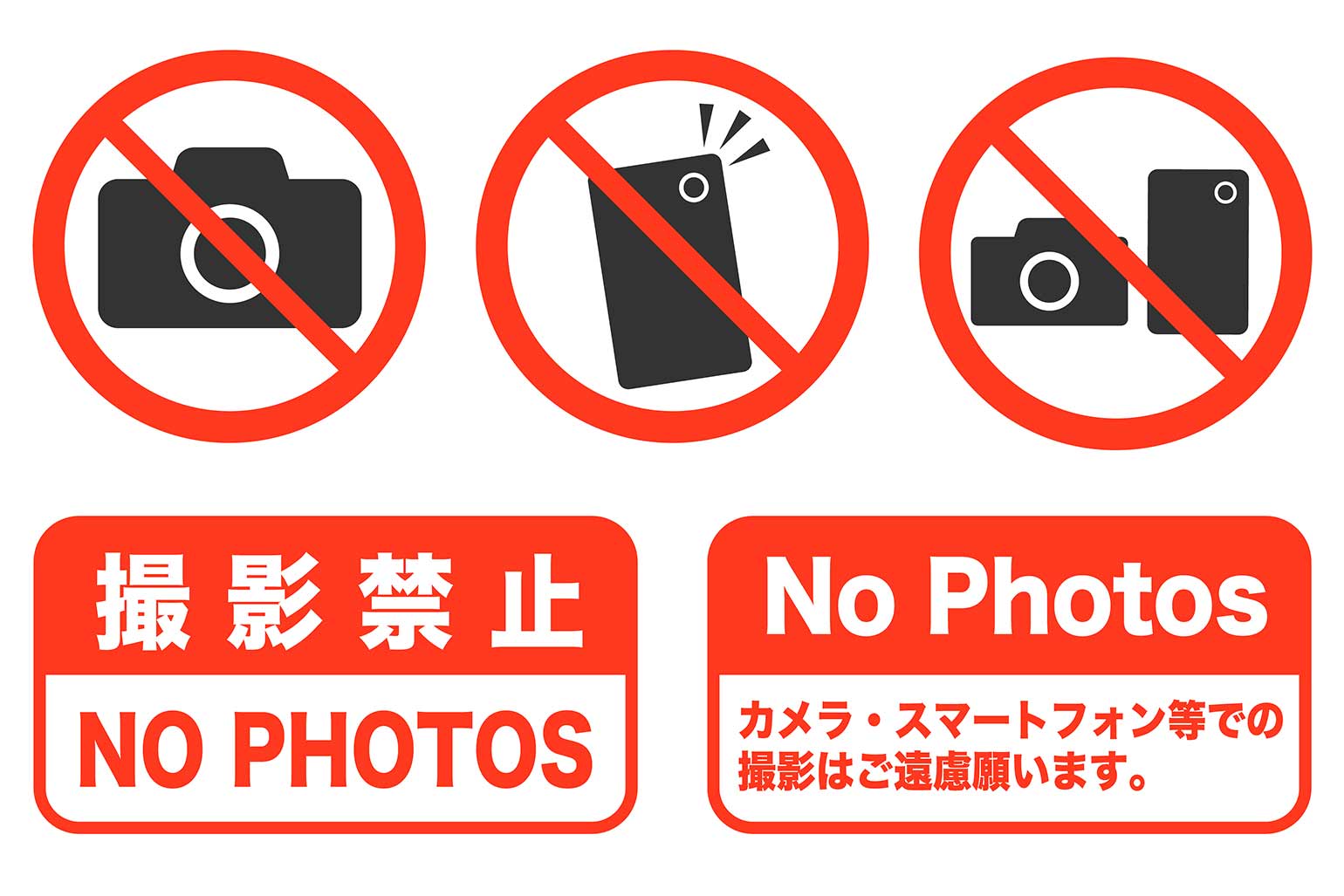

Nowadays, we routinely take photos or videos with our smartphones at any time and in any place, right? Many of us would do so for the posting on social networking sites, right? Taking such photos or videos at interesting stores should be one of the great pleasures of many people. Now that they are part of our daily acts, we would like to hope you. Please do not do anything that will cause inconvenience to the store or other customers in the store. It is difficult to give examples of all the prohibited acts, so we will omit them… Please do not do anything that may be offensive to the employees of the restaurant or other customers.



